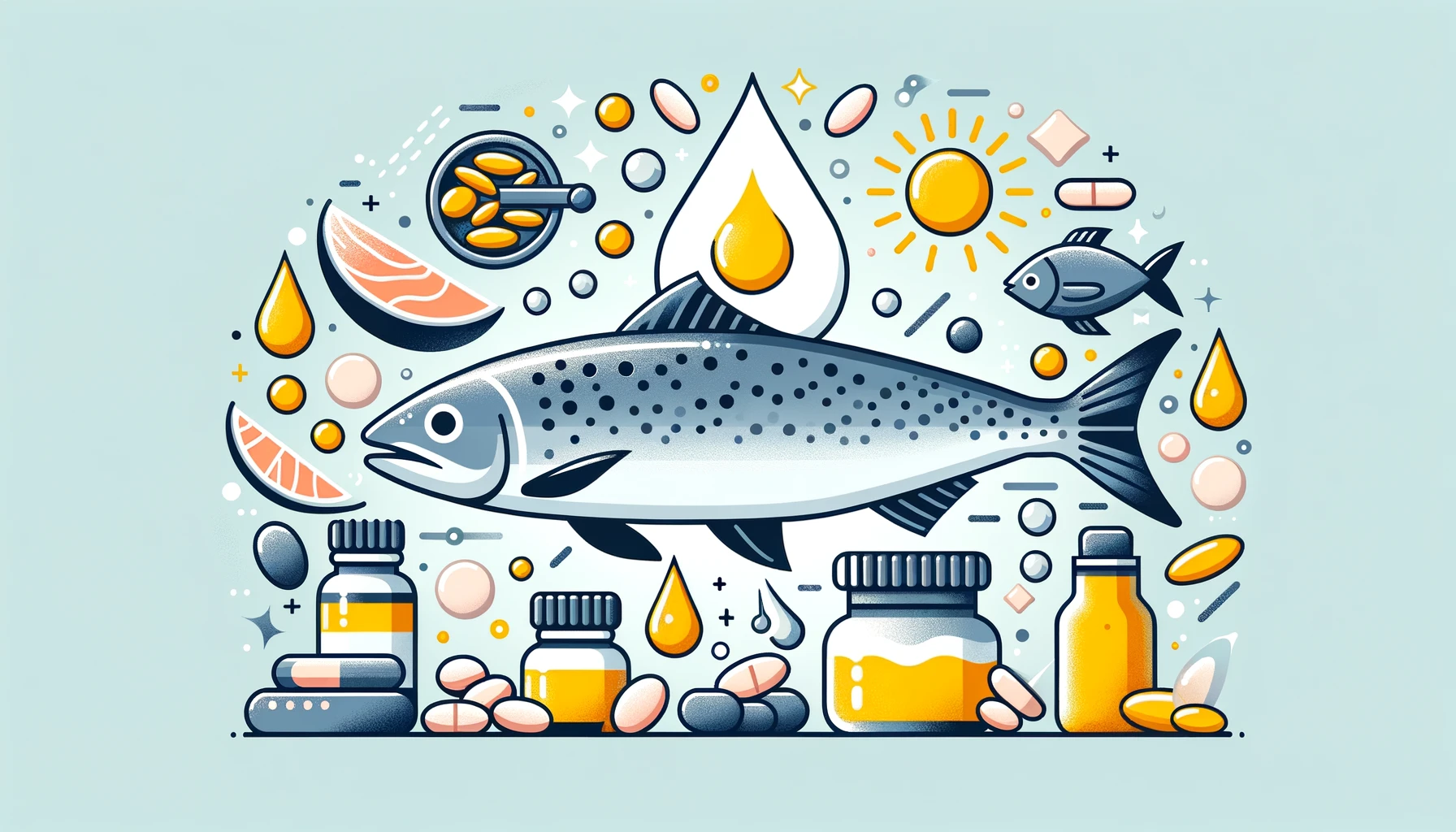
Vitamin D, often referred to as the “sunshine vitamin,” is a vital nutrient that plays a crucial role in various aspects of human health. Two common forms of vitamin D, known as vitamin D2 (ergocalciferol) and vitamin D3 (cholecalciferol), are frequently discussed in the context of nutrition. In this article, we will compare vitamin D2 and vitamin D3, exploring their differences, intermediaries in the vitamin D pathway, and their impact on human health. We will also delve into the fortification of supplements with vitamin D2, as well as the conversion of vitamin D2 to vitamin D3 and its efficiency.
The Vitamin D2 vs. Vitamin D3 Distinction
Vitamin D2 (Ergocalciferol):
- Vitamin D2 is primarily found in plant-based sources and is also available as a supplement.
- It is less potent and has a shorter duration of action compared to vitamin D3.
Vitamin D3 (Cholecalciferol):
- Vitamin D3 is primarily found in animal-based sources and is synthesized in the skin when exposed to sunlight (UVB radiation).
- It is more potent and has a longer-lasting effect in the body.
The Role of Intermediary Molecules
In the journey from sunlight to active vitamin D in the body, intermediary molecules play a significant role. These intermediaries include:
1. Calcidiol (25-Hydroxyvitamin D):
- Calcidiol is the first step in the activation of vitamin D. It is produced in the liver when vitamin D2 or D3 is converted. This form is often used to measure vitamin D status in the body.
2. Calcitriol (1,25-Dihydroxyvitamin D):
- Calcitriol is the active form of vitamin D that directly affects calcium absorption and bone health. It is produced in the kidneys when calcidiol is further converted.
Vitamin D2 vs. Vitamin D3: Which Is Better for Health?
The choice between vitamin D2 and D3 often boils down to their effectiveness in raising and maintaining vitamin D levels in the body:
Effectiveness:
- Vitamin D3 is considered more effective at raising and maintaining vitamin D levels in the blood. It has a higher affinity for the vitamin D receptor and remains active in the body for a more extended period.
Conversion of Vitamin D2 to D3:
- While vitamin D2 can be converted to vitamin D3 in the body, this conversion is less efficient. It requires an additional enzymatic step and may not fully compensate for the lower potency of vitamin D2.
Sources:
- Vitamin D2 is commonly found in plant-based sources like mushrooms and fortified foods. It is a suitable choice for vegetarians and vegans.
- Vitamin D3 is primarily obtained from animal-based sources like fatty fish, egg yolks, and fortified dairy products. Sunlight exposure also triggers the synthesis of vitamin D3 in the skin.
Supplementation:
- Both vitamin D2 and D3 supplements are available. Vitamin D3 supplements are often recommended when higher doses are needed to correct deficiencies or maintain optimal levels.
Health Implications:
- Vitamin D, regardless of the form, is essential for bone health, immune function, and overall well-being. Adequate vitamin D intake is associated with a reduced risk of osteoporosis, cardiovascular diseases, and certain cancers.
Vitamin D Fortification
Many supplements, especially those targeted at individuals with dietary restrictions, are fortified with vitamin D2 to ensure sufficient intake. This fortification helps bridge the gap for individuals who may have limited access to natural sources of vitamin D.
Conclusion
Vitamin D, whether in the form of vitamin D2 or vitamin D3, plays a vital role in human health. While vitamin D2 is suitable for individuals with dietary restrictions, vitamin D3 is generally considered more effective at raising and maintaining vitamin D levels in the body. Both forms have their place in nutrition and can contribute to overall well-being. Ensuring an adequate intake of vitamin D, either through sunlight exposure, dietary sources, or fortified supplements, is essential for maintaining optimal health.